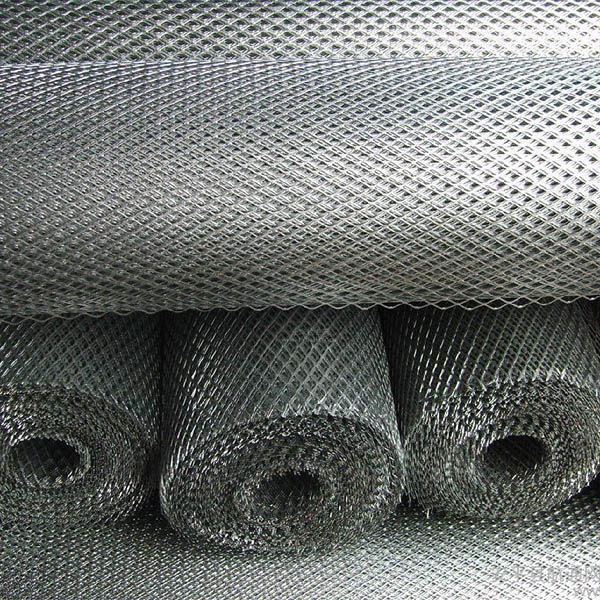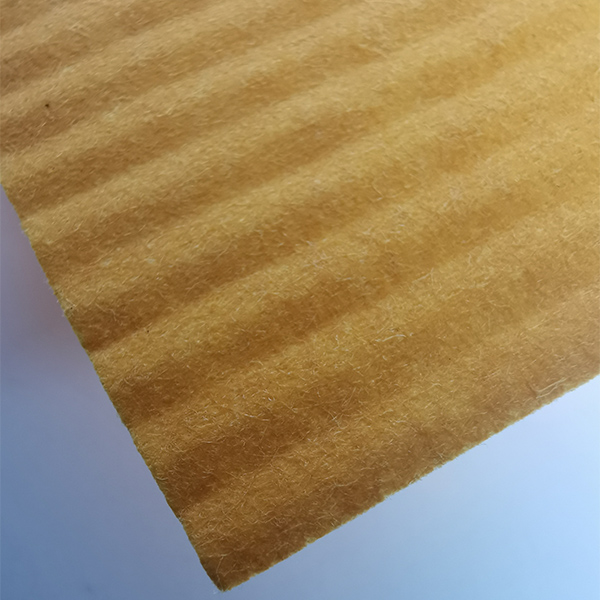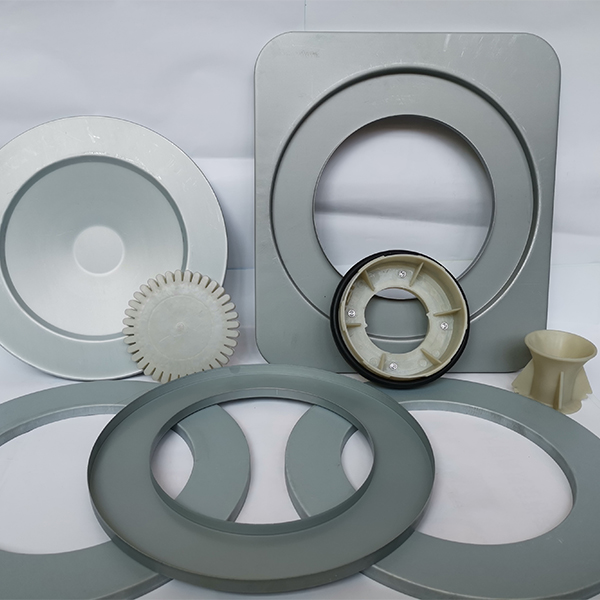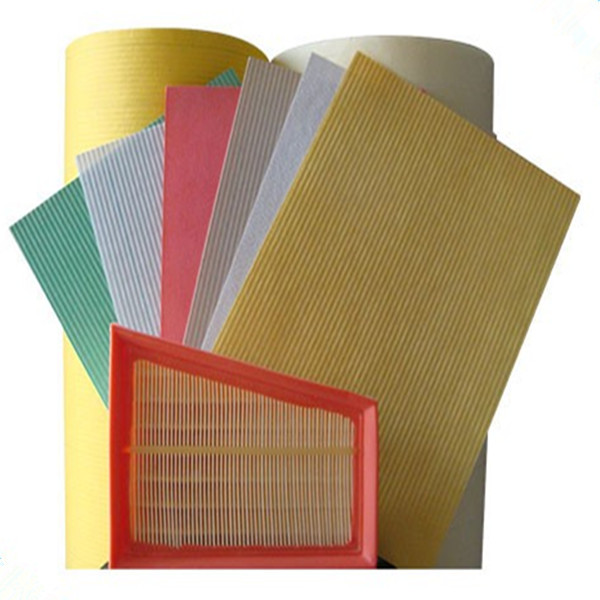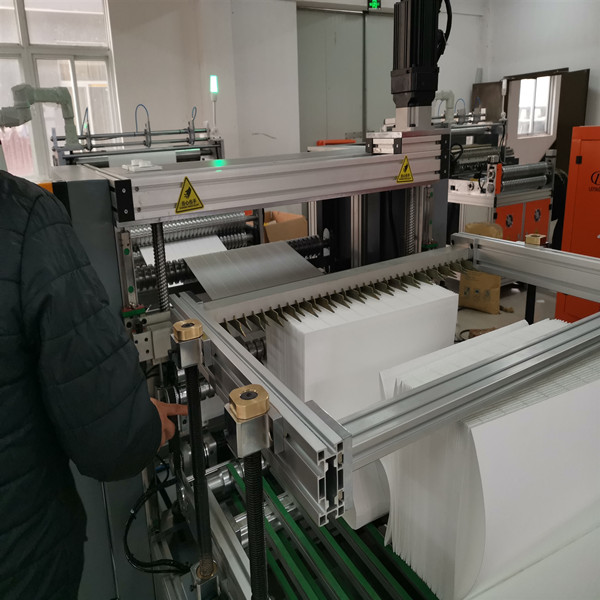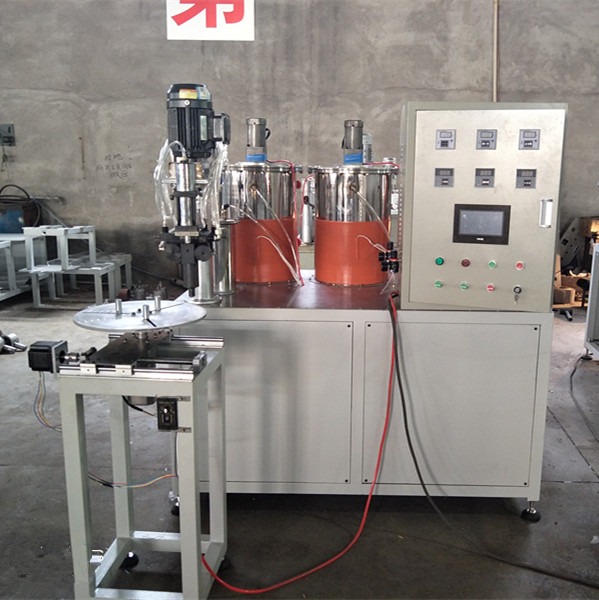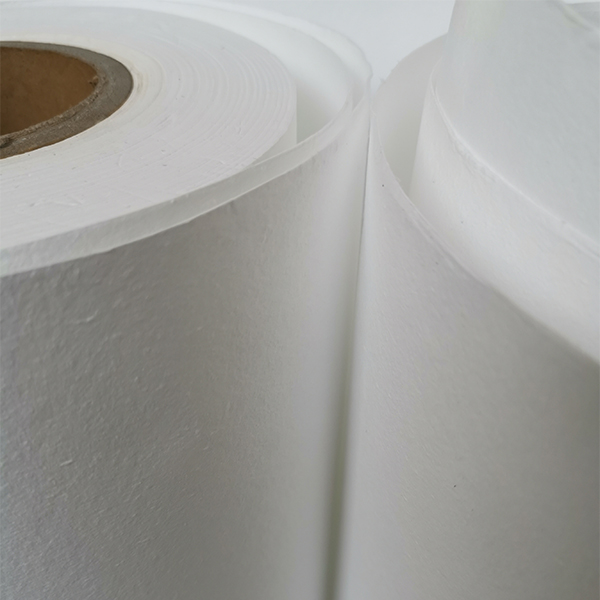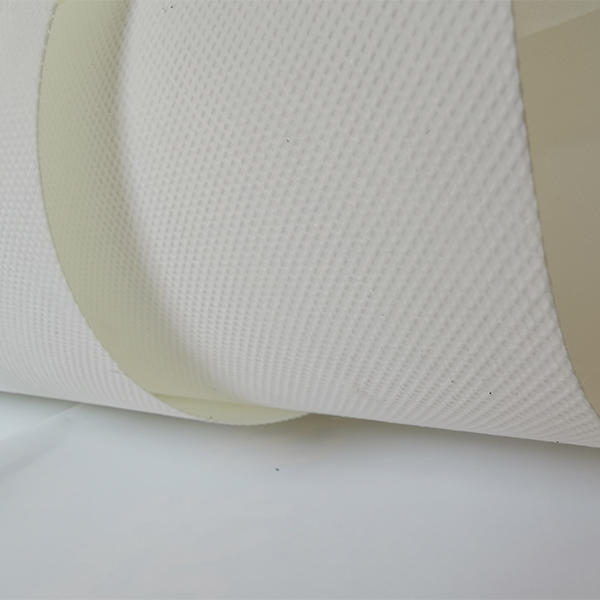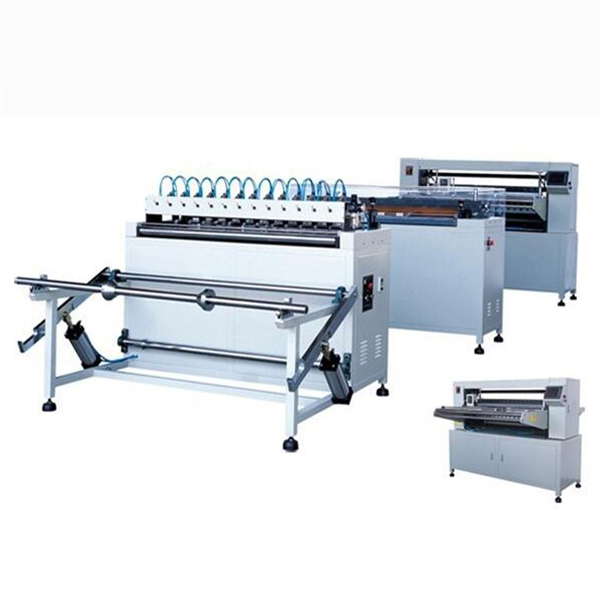Understanding Industrial Cartridge Dust Collectors: Why They Matter Worldwide
When you think about cleaner air in factories or safer workspaces, an industrial cartridge dust collector might not be the first thing on your mind. But globally, dust control is a massive challenge, affecting not only worker health but also environmental compliance and operational efficiency. Knowing how these dust collectors work—and why they’re increasingly important—is key for industries aiming to meet strict air quality standards and avoid costly shutdowns.
Dust in manufacturing, mining, woodworking, and countless other sectors pollutes air and surfaces, risking respiratory diseases and regulatory fines. The right dust collection system tackles this mess at its source, often using cartridge filters designed to trap fine particles that traditional baghouses might miss.
Mini takeaway: Industrial cartridge dust collectors are smart, efficient tools in the global battle for cleaner industrial air — essential for worker safety and operational sustainability.
Global Context: The Growing Demand for Dust Control Solutions
Air quality in industrial spaces is a worldwide concern. According to the World Health Organization (WHO), millions are exposed to unhealthy dust levels at workplaces, leading to chronic respiratory diseases. The ISO standards emphasize the importance of filtration and emission controls, pushing industries toward more advanced equipment.
Especially in developing regions undergoing rapid industrialization, controlling dust emissions is both a public health and environmental priority. Industries face challenges like limited space for large dust control units or fluctuating production rates requiring scalable solutions. Enter the industrial cartridge dust collector — compact, adaptable, and efficient.
In real terms, preventing dust escapes can mean the difference between meeting new environmental regulations or hefty government penalties. Plus, improved air quality means fewer sick days and happier workers — something every company can appreciate.
So, What Exactly Is an Industrial Cartridge Dust Collector?
At its core, an industrial cartridge dust collector is a filtration system using cylindrical filter cartridges to capture and remove airborne particulates from industrial processes. Unlike baghouses that use flat fabric bags, cartridge collectors leverage radial pleated filters, offering greater surface area in a smaller footprint.
You can think of these cartridges like super-powered coffee filters—except instead of catching grounds, they trap microscopic dust particles. This design makes them especially suited for industries where space is tight and particle size is small, like pharmaceutical plants, chemical manufacturing, or woodworking shops.
They’re not just machines — they’re frontline protectors against poor air quality, preserving worker health and maintaining regulatory compliance.
Key Components & Features of Industrial Cartridge Dust Collectors
1. Filtration Media and Cartridge Design
The heart of these systems lies in the filter cartridges themselves, typically made of pleated polyester or other synthetic fibers with special coatings that repel moisture or oil. Many cartridges are designed to be washable or easily replaceable, maximizing operational uptime.
2. Pulse Jet Cleaning System
One nifty feature is the pulse jet—an automated blast of compressed air that shakes dust off the cartridges without stopping operations. This self-cleaning avoids filter clogging and keeps airflow consistent.
3. Compact and Modular Construction
Because they’re often installed indoors or in restricted spaces, their compactness is a huge plus. Some models are modular, allowing businesses to scale capacity by linking units together.
4. Energy Efficiency
Efforts to reduce electrical consumption are growing, with motorized fans and controls designed to optimize airflow only when needed, saving power and reducing costs.
5. Durability & Corrosion Resistance
Materials like stainless steel casings and specialized coatings ensure these collectors survive tough industrial environments, from chemical fumes to abrasive dust.
| Feature | Specification |
|---|---|
| Filter Cartridge Type | Pleated Polyester with PTFE membrane |
| Filter Area | From 50 to 800 m² |
| Airflow Capacity | 1,000 to 20,000 CFM (cubic feet per minute) |
| Cleaning System | Pulse jet compressed air |
| Temperature Range | Up to 120°C (250°F) |
| Construction Material | Carbon steel or stainless steel |
Mini takeaway: The design highlights how cartridge dust collectors juggle efficiency, space-saving, and durability to fit diverse industry needs.
Industries & Scenarios Benefiting From Cartridge Dust Collection
From heavy manufacturing in Europe to mining sites in Australia and pharmaceutical production in Asia, industrial cartridge dust collectors have found an essential niche. They’re deployed where fine dust particles pose a risk — like cement plants, metal fabrication, or food processing.
In post-disaster relief operations, for example, mobile cartridge units help keep air breathable while cleanup crews work, preventing dust-related illness. In remote industrial zones, compact systems adapt to space constraints and limited resources, sustaining productivity safely.
A practical example: a Midwest U.S. wood products manufacturer I spoke with swapped out legacy baghouses for cartridge collectors to comply with stricter EPA emissions rules. The result? A 30% drop in dust emissions and better worker comfort.
The Long-Term Benefits of Investing in Industrial Cartridge Dust Collectors
- Cost Efficiency: Reduced maintenance and longer filter life mean fewer interruptions and lower operational costs.
- Sustainability: By minimizing dust release, companies reduce environmental impact and meet emission targets.
- Worker Safety: Cleaner air reduces health risks and absenteeism—an emotional and ethical win.
- Reliability: Automated cleaning and modular designs maximize uptime and adaptability.
Oddly enough, investing in better dust control tends to build trust with communities and regulators, turning what used to be a compliance headache into a competitive edge.
What’s Next? Emerging Trends in Cartridge Dust Collection Technology
The industry is evolving fast. New filter media embedded with nanofibers increase capture rates without compromising airflow. Digital monitoring systems now allow real-time tracking of filter health and emissions data, shifting dust collection into the realm of smart manufacturing.
There’s also a push toward more sustainable materials and energy-efficient fans, helping these systems align with corporate green energy goals. Automation and IoT integration mean maintenance teams can prevent failures before they happen, a huge step forward.
Tackling Common Challenges in Dust Collection
Even the best industrial cartridge dust collectors face hurdles—high initial investment, the need for skilled maintenance, and challenges handling sticky or oily dust. But innovative approaches, like hybrid filtration systems or quick-release cartridges, are smoothing these rough edges.
Several experts stress the importance of tailored system design over “off-the-shelf” solutions — because one size rarely fits all in industrial dust control.
Vendor Landscape: Comparing Popular Industrial Cartridge Dust Collector Providers
| Vendor | Filtration Tech | Customization | Typical Industries | Warranty & Support |
|---|---|---|---|---|
| Anya Filter Media | Pleated cartridges with PTFE membrane | Highly customizable modular units | Pharma, woodworking, mining | 5-year warranty, 24/7 tech support |
| ClearAir Solutions | Standard pleated filters | Limited customization, fixed sizes | Metal fabrication, cement plants | 3-year warranty, online support |
| EcoDust Tech | Nanofiber-enhanced cartridges | Custom with smart monitoring | Chemical, food processing | 4-year warranty, remote diagnostics |
Frequently Asked Questions About Industrial Cartridge Dust Collectors
- Q: How do industrial cartridge dust collectors differ from baghouses?
- A: Cartridge dust collectors generally have a smaller footprint and use pleated filter cartridges for higher surface area, making them better suited for fine dust and compact installations. Baghouses use large fabric bags and require more space for larger dust loads.
- Q: What maintenance is required for cartridge dust collectors?
- A: Regular inspection is key—cartridges should be cleaned via pulse jets and replaced based on dust load and filter condition, usually every 1-3 years. Proper maintenance ensures optimal performance and avoids system downtime.
- Q: Can these collectors handle wet or sticky dust?
- A: Typically, cartridge collectors perform best with dry dust. Wet or sticky materials can clog filters quickly, so pre-treatment or other filtration types may be necessary in such cases.
- Q: Are industrial cartridge dust collectors energy efficient?
- A: Modern units often come with energy-saving fans and pulse cleaning systems that optimize power use. While they consume less energy than some traditional equipment, exact savings depend on installation and operating conditions.
- Q: How scalable are these units for growing operations?
- A: Many cartridge dust collectors are modular and designed for easy expansion. You can often add extra units or cartridges to handle increased dust loads without replacing the entire system.
Wrapping Up: Cleaner Air for a Healthier, More Productive Industry
Industrial cartridge dust collectors are more than just big machines tucked in factory corners—they’re vital guardians of air quality and workplace safety. Investing in the right dust collection system means striking that tricky balance between operational efficiency, environmental responsibility, and human health.
If your facility is struggling with airborne dust or seeking to upgrade outdated filtration systems, it’s worth seeing how today’s cartridge dust collectors can fit the bill, not just technically but economically and ethically.
Ready to explore options? Visit Anya Filter Media’s industrial cartridge dust collector solutions for tailored expertise and proven technologies.
References
Post time: Nov-18-2025

